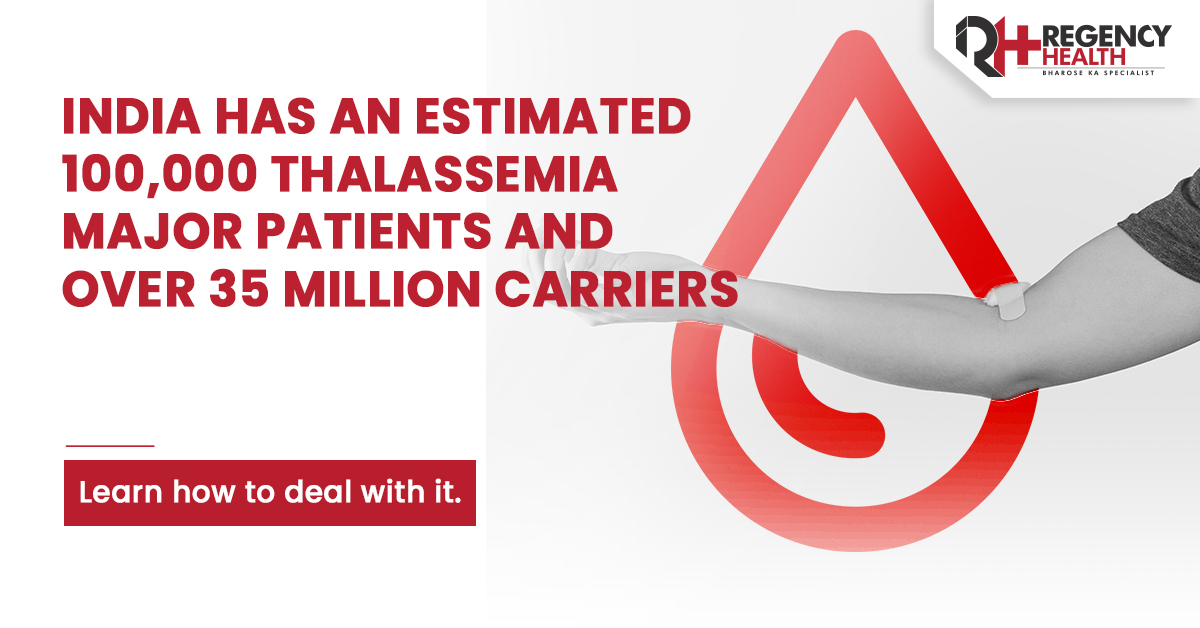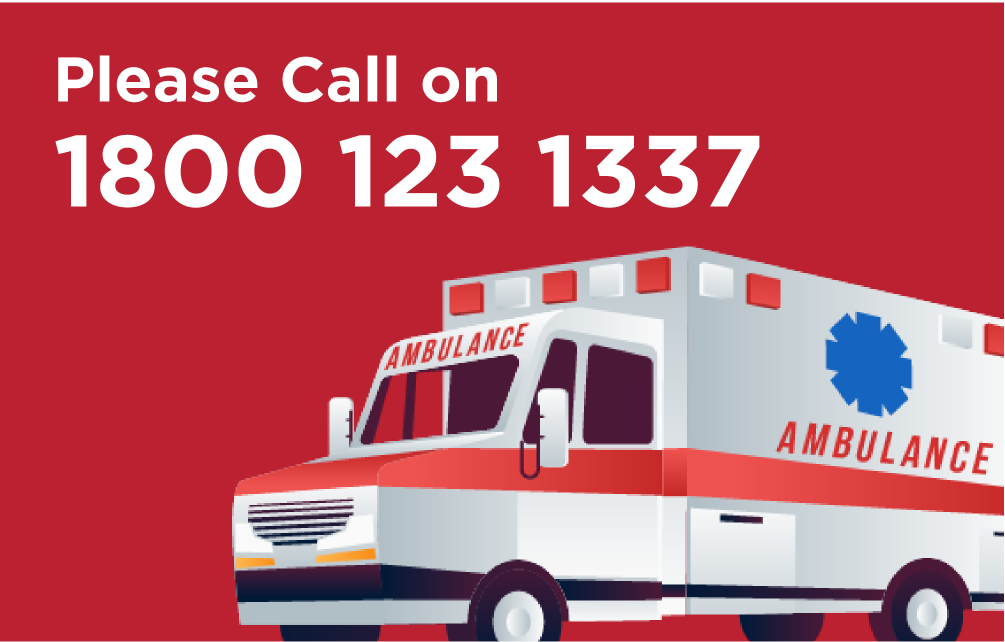
What is Thalassemia?
Thalassemia is an inherited blood condition that impacts your body’s capacity to make healthy hemoglobin- a vital protein found in the blood. Hemoglobin enables your red blood cells to carry oxygen throughout your body, supplying the other cells with nutrients. When affected by thalassemia disease, your body and bone marrow both create less healthy hemoglobin proteins and healthy red blood cells if you have thalassemia. This condition can also lead to anemia. Since red blood cells play a crucial function in delivering oxygen to tissues in your body their depletion can deprive your body’s cells of the oxygen they require to create energy and thrive.
Thalassemia Types
Thalassemia is divided into the following four categories depending on the severity of the situation: trait, minor, intermedial, and major. These types depict a spectrum in which having a thalassemia trait indicates that you may have very little or no symptoms of anaemia. The most severe kind- thalassemia major, typically requires regular treatment.
Thalassemia causes
Two alpha globin chains and two beta globin chains make up the four protein chains that make up haemoglobin. You inherit genes that make up alpha and beta chains from your parents. The absence of any of these genes may lead to thalassemia.
Whether you have thalassemia depends on which of the alpha or beta chains are carrying the defect. The level of the genetic defect will define how serious your problem is.
Thalassemia symptoms
The kind and severity of your thalassemia will determine how you react.
Asymptomatic (lacks symptoms)
The absence of one alpha gene may not lead to any symptoms. You might not have any symptoms if you are missing two alpha genes or one beta gene. You may also experience constant weariness.
Moderate Symptoms
Beta thalassemia intermedia may result in mild anaemia symptoms or the following signs of a more severe condition:
- Issues with growth
- Late puberty
- Anomalies of the bones, such as osteoporosis.
- an enlarged spleen
Surgery can eventually be required to fix skeletal issues. If your spleen becomes too big, your doctor might need to remove it.
Severe symptoms
Haemoglobin H disorder where three alpha genes are missing can lead to early anaemia symptoms which can impact a person for life. By the age of two, severe anaemia symptoms caused by beta thalassemia major (Cooley’s anaemia) start their effect. Additional signs could be:
- Low appetite
- Yellowish or pale skin (jaundice)
- Dark-coloured urine
- Irregular facial bone structure
Thalassemia Diagnosis
Because symptoms typically occur within the first two years of your child’s life, moderate and severe thalassemia are frequently diagnosed in children at an early stage. To identify thalassemia, your doctor may run some blood tests, including:
- A complete blood count (CBC) measures red blood cell amount (and size) as well as haemoglobin. Thalassemia patients have fewer normal red blood cells and less hemoglobin than average. They can also have red blood cells that are smaller than usual.
- Your bone marrow may not be creating enough red blood cells, according to reticulocyte count, a marker of young red blood cells.
- Tests on the iron levels will reveal whether thalassemia or an iron deficit is to blame for your anaemia.
- The diagnosis of beta thalassemia is made via haemoglobin electrophoresis.
- Alpha thalassemia is detected using genetic testing.
Thalassemia Treatment
Blood transfusions and iron chelation are common thalassemia major therapies.
Blood Transfusion– Red blood cells are injected into a vein during a blood transfusion to replenish the body’s normal supply of haemoglobin and healthy red blood cells. With moderate or severe thalassemia, transfusions are given every four months; with beta-thalassemia major, they are given every two to four weeks.
Iron Chelation– The process of iron chelation includes removing extra iron from your body. Iron overload is a risk associated with blood transfusions. Organs may be harmed by too much iron. You’ll get iron chelation therapy (which you can take as a pill) if you have transfusions frequently.
Bone Marrow Transplant and Stem Cell – The only treatment for thalassemia is a bone marrow and stem cell transplant from a compatible related donor. Human leukocyte antigens (HLA), which are proteins found on the cell surfaces, are what determine compatibility between a donor and recipient of a donation. During the procedure, your healthcare provider will inject bone marrow stem cells from your donor into your bloodstream. Within a month, the transplanted cells will begin to produce fresh, healthy blood cells.

 Call-an-Ambulance
Call-an-Ambulance



